BLOG
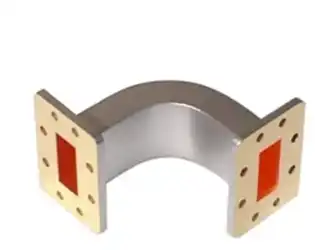
How does a waveguide E bend work?
February 10, 2025
A waveguide E bend represents a crucial component in microwave transmission systems, serving as a specialized bend or corner that redirects electromagnetic waves while maintaining their propagation characteristics. This sophisticated device is designed to guide electromagnetic waves around corners in the E-plane (the plane containing the electric field vector) while minimizing signal loss and maintaining impedance matching. The functionality of a waveguide E bend is based on careful electromagnetic field manipulation, ensuring efficient wave propagation through the bend while preserving the signal integrity and power handling capabilities that make waveguides indispensable in high-frequency applications.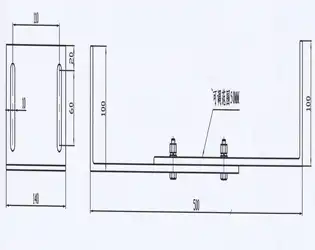
February 10, 2025
In the ever-evolving field of microwave technology, the selection of appropriate waveguide support systems plays a crucial role in ensuring optimal performance and reliability. When comparing traditional fixed waveguide supports to their adjustable counterparts, several significant advantages emerge that make Waveguide Adjustable Support systems increasingly popular in modern applications. These sophisticated components offer enhanced flexibility, precise alignment capabilities, and improved installation efficiency, making them invaluable in various microwave system implementations. The ability to fine-tune positioning and make real-time adjustments represents a significant advancement over conventional fixed support systems, particularly in applications requiring high precision and adaptability.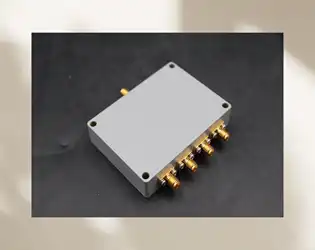
What are the key factors to consider when selecting a Coaxial Power Divider?
February 10, 2025
Selecting the right coaxial power divider is crucial for optimal RF system performance in various applications ranging from telecommunications to aerospace systems. When choosing a coaxial power divider, engineers and technical professionals must carefully evaluate multiple factors to ensure the device meets their specific requirements and system specifications. This comprehensive guide explores the essential considerations for selecting the most appropriate coaxial power divider, taking into account technical specifications, operational requirements, and system compatibility to achieve optimal performance in your RF applications.
February 10, 2025
Feed Fired Lens Antennas represent a significant advancement in antenna technology, playing a crucial role across multiple sectors including communications, radar systems, and remote sensing applications. These sophisticated antenna systems utilize a unique design where the feed illuminates a specialized lens to achieve superior beam forming and control capabilities. The technology has revolutionized how we approach high-frequency communications and sensing applications, offering exceptional flexibility in beam shaping and pattern control. This comprehensive analysis explores the diverse applications of Feed Fired Lens Antennas across various fields, examining their implementation, benefits, and technological impact on modern systems.
How does the power supply mode of AC Power Amplifier affect its efficiency and output power?
February 10, 2025
The power supply mode of AC Power Amplifiers plays a crucial role in determining both their efficiency and output power capabilities. Understanding these relationships is essential for optimizing performance in various applications, from satellite communications to defense systems. The power supply configuration directly impacts the amplifier's ability to convert DC power into RF power, affecting both the overall system efficiency and maximum achievable output power. Advanced Microwave Technologies' expertise in AC Power Amplifier design has shown that different power supply modes can significantly influence amplifier performance across various frequency ranges and operating conditions.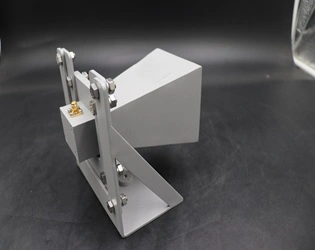
February 10, 2025
The Ultra Double-ridged Horn Antenna (DRHA) represents a significant advancement in antenna technology, particularly in achieving ultra-wideband performance through its distinctive structural features. These antennas are characterized by their unique double-ridged waveguide design, which enables exceptional bandwidth capabilities and superior gain performance across a wide frequency range. The fundamental structural elements that contribute to its ultra-wideband performance include the carefully engineered ridge geometry, optimized horn flare angles, and precisely calculated ridge-to-sidewall spacing. These design elements work in concert to facilitate smooth impedance transitions and maintain consistent radiation patterns across the operational frequency range, making the DRHA an indispensable component in modern microwave systems.
February 7, 2025
Electromagnetic compatibility (EMC) testing of Pyramid Horn Lens Antennas presents various challenges that can significantly impact test accuracy and reliability. These specialized antennas, while crucial for many applications, can encounter several issues during EMC testing that need careful consideration and mitigation strategies. Understanding these potential problems is essential for ensuring accurate measurements and maintaining the integrity of test results, particularly when evaluating electromagnetic interference and susceptibility.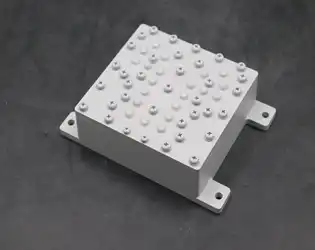
How to optimize the insertion loss of a Coaxial Bandpass Filter?
February 7, 2025
The optimization of insertion loss in Coaxial Bandpass Filters represents a critical aspect of RF and microwave system design. This comprehensive guide explores advanced techniques and methodologies for minimizing insertion loss, ensuring optimal signal transmission, and maintaining filter performance. Understanding these optimization strategies is essential for engineers and designers working with microwave communications systems, particularly in applications requiring high precision and minimal signal degradation.




